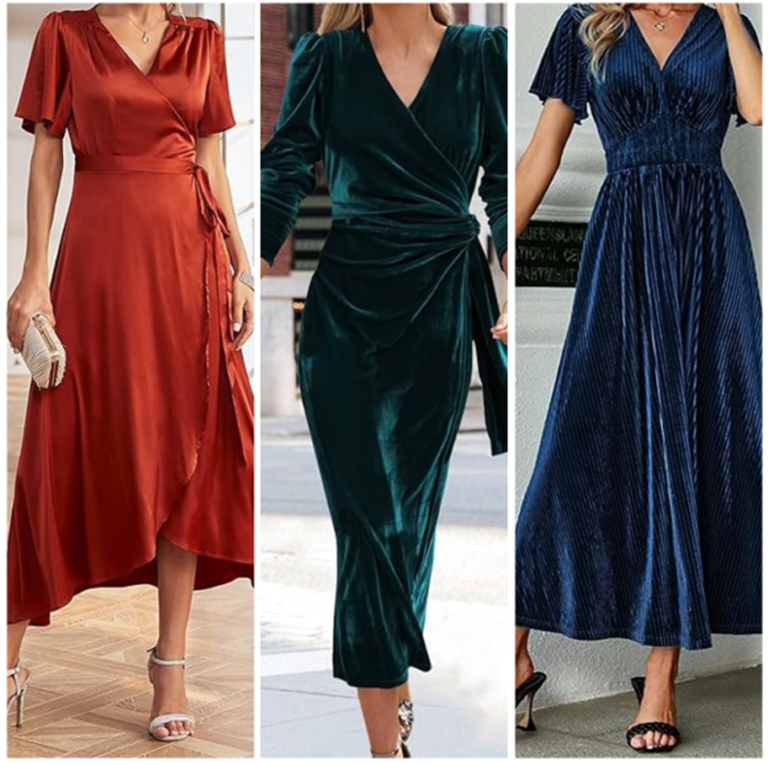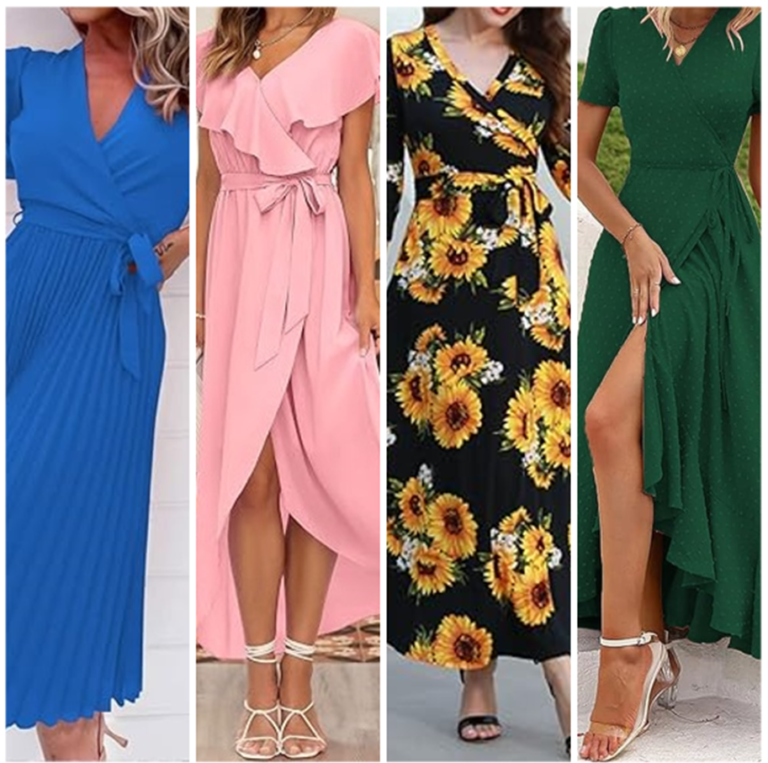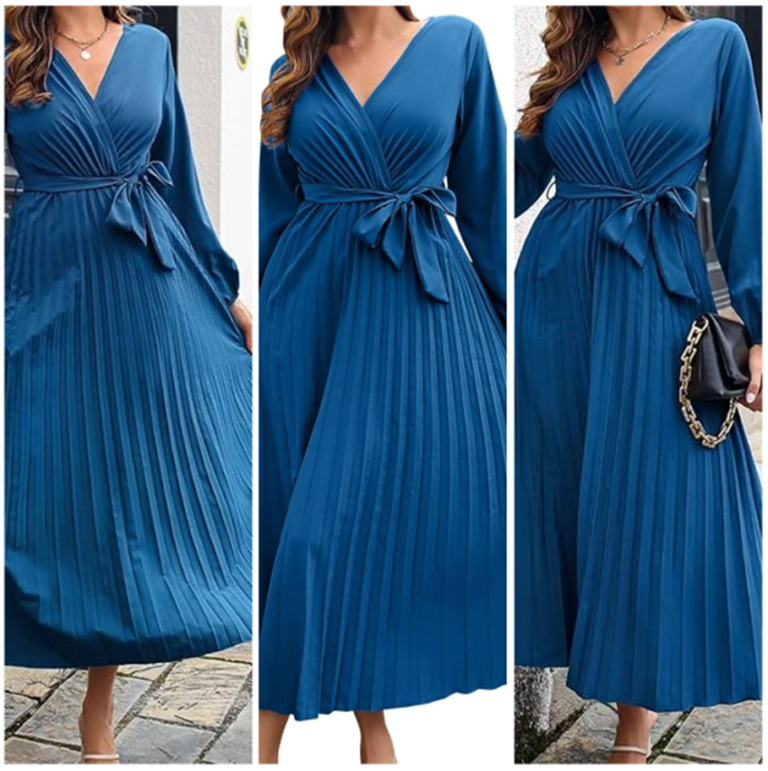Kimono-Style Cardigans vs. Regular: Which Is Better for Winter?
Winter clothing emphasizes warmth and comfort. Kimono-style cardigans and normal cardigans are popular choices for layering in cold weather. However, each variety has distinct characteristics that make it appropriate for certain winter demands. Here’s how the two differ in terms of winter gear.

Material and Warmth
A standard cardigan is often designed to keep you warm. Wool, cashmere, and thick knits are popular fabrics. These textiles retain heat, making them excellent for colder climates. Regular cardigans provide insulation to keep you warm even on cold days.
Kimono-style cardigans, however, often use lighter fabrics. Cotton, silk blends, or linen are frequent choices. While some winter kimono cardigans use warmer fabrics, they’re still not as insulated. Many kimono cardigans are better suited for mild winter days or indoor use.
Fit and Layering Ability
Regular cardigans are made to fit snugly and comfortably. The sleeves are snug, and the torso frequently clings the body. This tight fit helps to retain body heat, which is vital in the cold. Regular cardigans work nicely beneath jackets or coats due to their structure.
In comparison, a kimono-style cardigan is loose and roomy. The sleeves are broad and flowy, like traditional Japanese kimonos. This makes stacking a little difficult. A thick coat makes it more difficult to fit a kimono cardigan underneath. However, the loose fit makes it suitable for layering over bulkier garments.
Buttoned vs. Open-Front Design
Buttons or zippers are common features of regular cardigans. This allows them to be closed for added heat. When fully buttoned, typical cardigans retain heat and shield you from cold breezes. This characteristic makes them a great alternative for winter excursions.
Kimono-style cardigans, however, typically have an open-front design. They rarely include buttons or zippers. This open design is stylish but limits warmth retention. In winter, a kimono cardigan won’t keep you as warm outdoors. It’s more suited for indoor layering or over warm underlayers.
Style and Appearance
The kimono-style cardigan adds elegance to winter fashion. Its loose, flowing design gives it a unique, eye-catching appeal. This style works well for casual settings or relaxed indoor gatherings. It’s a great way to add personality to a winter look.
Regular cardigans provide a more classic appearance. Their tight silhouette gives them a polished, put-together appearance. This look is suitable for both formal and casual winter gatherings. A simple cardigan may lend refinement to a winter ensemble while keeping you warm.
Functionality and Movement
Regular cardigans are generally more functional in winter. The fitted sleeves and torso allow ease of movement. You can wear a regular cardigan for daily tasks without the fabric getting in the way.
Kimono-style cardigans, on the other hand, have wide sleeves. These flowing sleeves are beautiful but can be less practical. If you’re active or moving a lot, the sleeves may catch on things. For practical winter wear, a regular cardigan might be a better choice.
Weight and Bulkiness
A normal cardigan, fashioned from heavier materials, is typically thicker. This thickness gives warmth, but it can also increase bulk. Layering a bulky cardigan with additional winter garments may feel restricting.
Kimono-style cardigans, even in winter styles, are often lightweight. Their fabric drapes loosely, creating a soft, gentle look. This lightness makes them comfortable indoors, without adding much bulk. For those who dislike heavy clothing, a kimono cardigan may be ideal for mild winter days.
Seasonal Versatility
Regular cardigans are designed for cold weather. They’re made to keep you warm, especially with heavier knits. Regular cardigans are also a winter wardrobe staple that you can use yearly.
Kimono-style cardigans, however, are more versatile across seasons. Since they’re not heavily insulated, they work in fall, spring, and mild winter. This versatility means you get more use out of them year-round, although they’re not as effective in deep winter.
Indoor vs. Outdoor Use
For outdoor winter activities, a regular cardigan is the better choice. Its warmth, fitted structure, and buttoned design make it suitable for colder temperatures. It’s easy to wear under a winter coat for added insulation.
Kimono-style cardigans are better suited for indoor wear in winter. They’re comfortable for home gatherings or social events where warmth isn’t the main concern. They’re stylish enough to stand alone without a coat, ideal for cozy indoor settings.
Key Takeaways
In winter, regular cardigans offer warmth, structure, and versatility. Their fitted design makes them perfect for layering under coats, providing insulation in colder weather. Kimono-style cardigans, though elegant and comfortable, are best for indoor wear or mild winter days. They’re lighter, flowy, and ideal for creating a stylish look indoors.
Choose a regular cardigan for outdoor warmth and functionality. To make choice for a kimono-style cardigan when you want relaxed, indoor elegance. Each brings unique charm to winter, letting you layer stylishly according to the occasion.
FAQ’s
Which cardigan is warmer for winter, kimono-style or regular?
Can I layer a kimono-style cardigan under a winter coat?
Is a kimono-style cardigan suitable for cold outdoor activities?
Do kimono-style cardigans have closures like buttons or zippers?
Are kimono-style cardigans a good choice for indoor winter wear?





